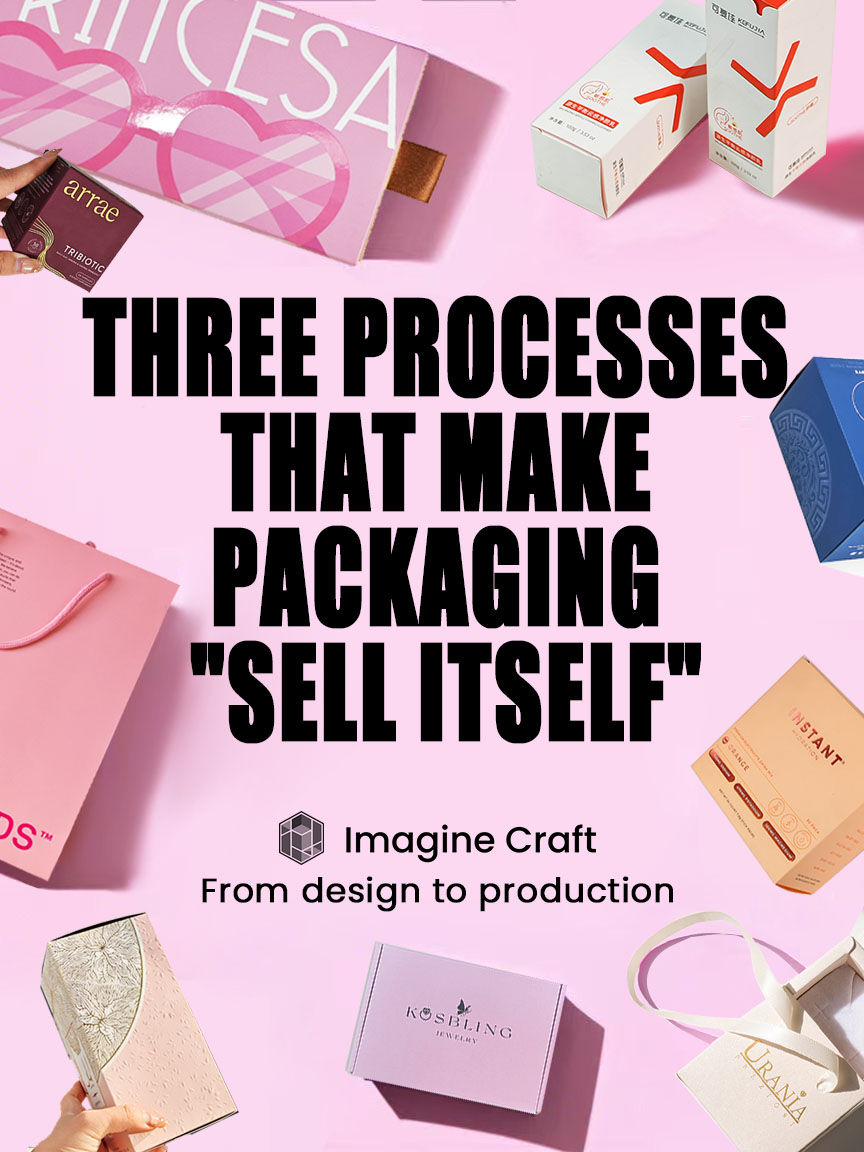Over-Packaging = Brand Hypocrisy Syndrome. Redefine Your Packaging!
- Lei Qiu
- 3月22日
- 讀畢需時 2 分鐘
When Packaging Becomes a “Fragile Work of Art,” Brands Lose More Than Just Profit—They Risk Long-Term Customer Loyalty.
In today’s business environment, packaging is not just about aesthetics; it directly affects transportation safety and customer experience. However, many brands, in pursuit of an “upscale” image, overlook the practicality of their packaging, ultimately incurring high costs.

Luxury Packaging vs. Minimalist Packaging The International Safe Transit Association (ISTA) highlights that packaging’s compressive strength and cushioning integrity are key indicators for ensuring safe transportation. Many companies fail to consider these factors sufficiently, leading to product damage during transit and increased recall and compensation costs.
Transport simulation tests show that overdesigned cosmetic packaging has a 37% damage rate after 72 hours, while optimized minimalist packaging has a breakage rate of just 2.6%.
Amazon’s 2024 survey revealed that 47% of product returns are due to transit damage, with 81% of consumers blaming “insufficient packaging protection” as the primary cause.
LVMH Group disclosed in its annual report that despite rising packaging costs, increasing customer complaints have led to a double blow to both brand profitability and reputation.
Under ESG Evaluation Standards, Packaging Has Become a Core Indicator of Corporate Social Responsibility—Those Who Ignore It Will Face Market Elimination.
As global environmental regulations tighten, companies’ packaging choices are facing increasing scrutiny.
The EU’s Packaging and Packaging Waste Directive mandates that by 2030, all packaging must be recyclable, and non-recyclable packaging will incur eco-taxes and other financial penalties.
Many companies have taken action to reduce plastic usage and increase the proportion of recyclable materials to align with sustainability goals.
L’Oréal has committed to making 100% of its packaging recyclable by 2025, reducing plastic use by 28% through lightweight design.

Sustainable vs Unsustainable Packaging
Returning to the Core Purpose of Packaging: Achieving a Balance Between Protection, Sustainability, and Brand Value Through Technological Advancements.
Driven by environmental trends, the packaging industry is undergoing a technological transformation:
Honeycomb-structured cardboard improves compressive strength by 60%, while reducing costs by 35%.
Bio-based cushioning materials decompose in 30 days, compared to plastic’s 450-year degradation cycle.
Modular design reduces packaging volume by 21%, while improving logistics efficiency by 18%.
The Shift Toward Sustainable Packaging: A New Market Standard
Consumer awareness of environmental impact is shaping a new market landscape.
Google search data shows that searches for “sustainable packaging” have increased by 390% over the past three years.
58% of millennials assess brand credibility based on packaging sustainability.
This means the packaging industry has entered an era where protection performance is quantifiable, environmental impact is traceable, and user experience is measurable.
A Paradigm Shift in Consumerism: Simplicity is the New Luxury
We are witnessing a radical shift in consumerism: when Apple packages its premium smartphones in recycled fibers and Lush transforms bath bombs into unwrapped art pieces, forward-thinking brands have already realized: minimalism is the ultimate luxury in the new era.

sustainable packaging When your packaging is discarded into the trash, is your brand value discarded with it? How much sincerity does your brand truly retain?



留言